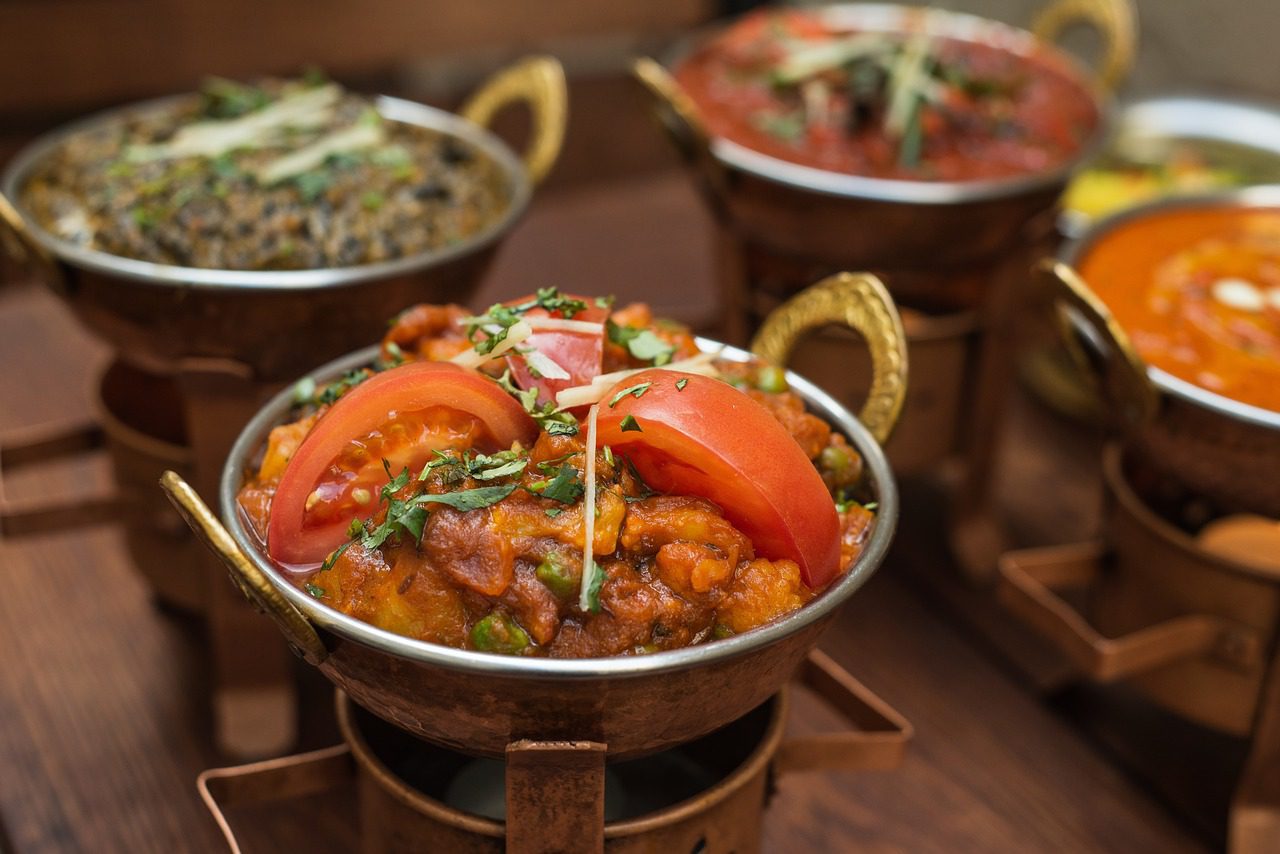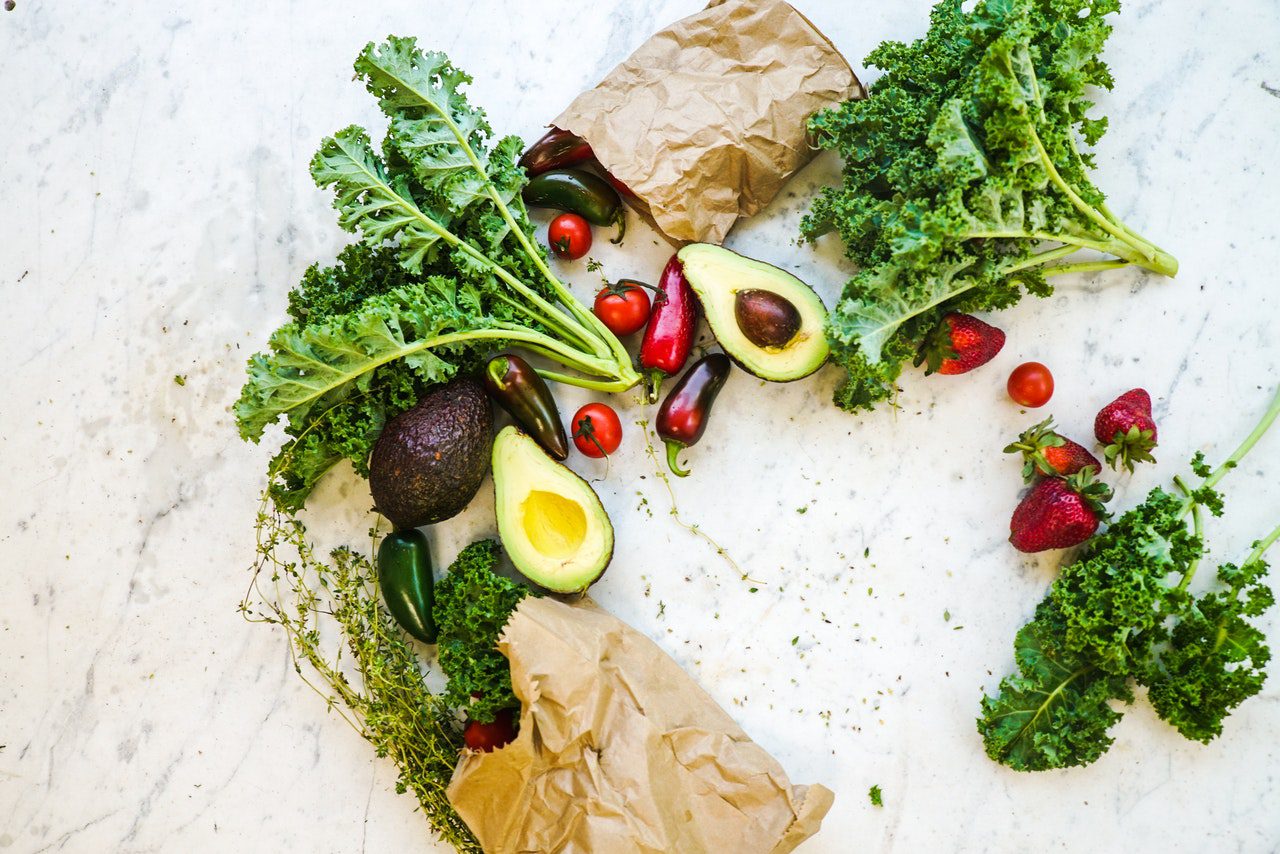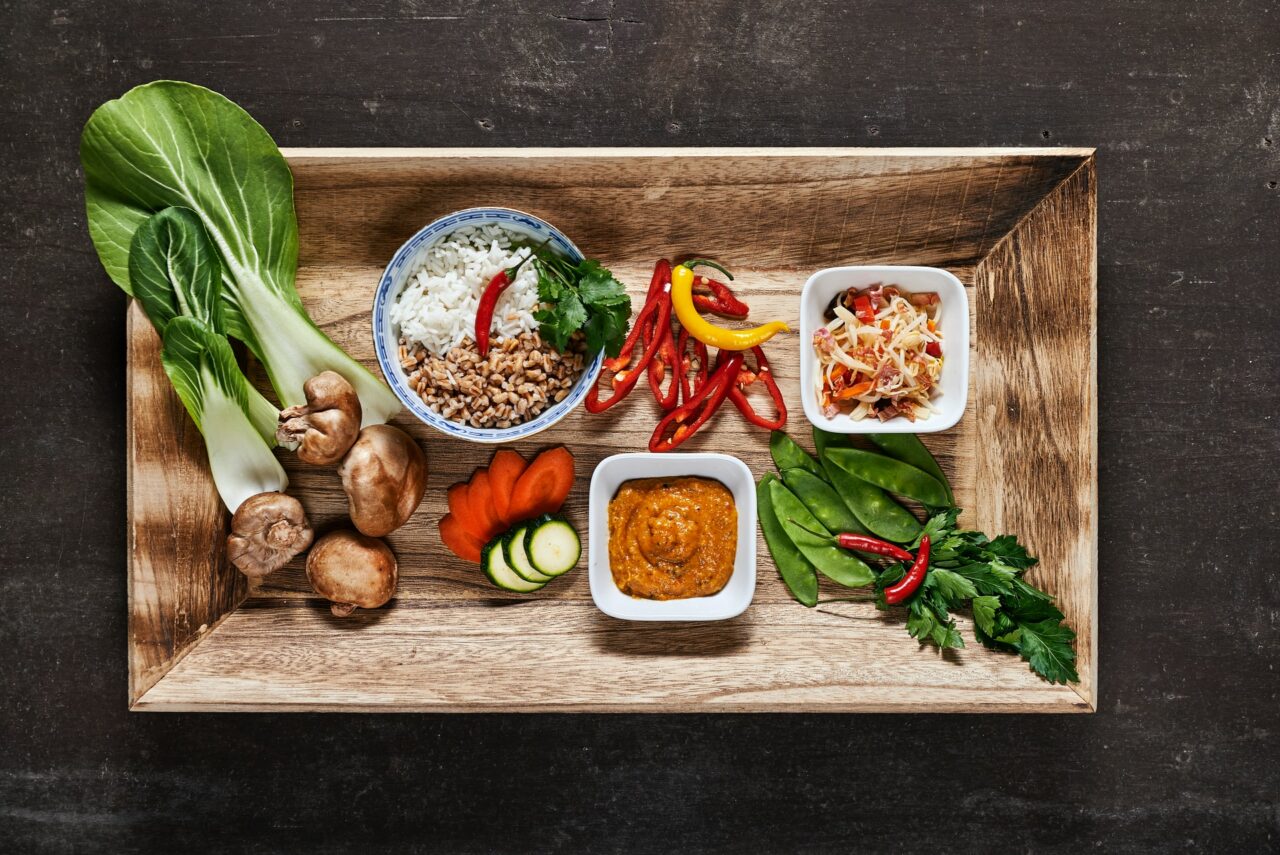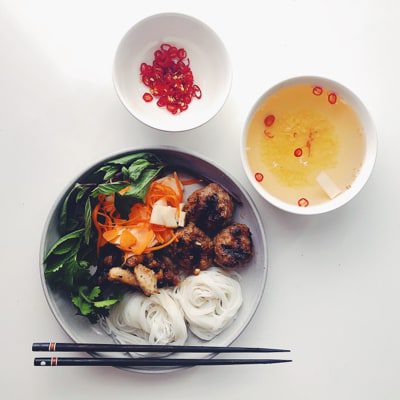Introduction Langley, a charming city known for its rich history and vibrant culture, offers an array of dining options that cater to diverse tastes. Among these, Indian cuisine stands out for its exquisite flavors, aromatic spices, and diverse dishes. In this...
Category
Spices
Continue Reading
6 Ways to Choose Food Ingredients Like a Pro
It’s no surprise that good-quality ingredients make for the best meals. Therefore, it’s important to understand the basics of choosing the best produce such as fruits, vegetables, and meats when you’re shopping. Here are 6 ways to choose food ingredients like a pro....
Basic Ingredients You Should Have in Your Kitchen
Stock your kitchen with these basic ingredients so that you always have a dinner backup plan. We’ll try and cover everything here, starting with the essentials, bare-minimum pantry ingredients you’ll need to condiments, spices, freezer foods, and the little extras...
Popular Categories
Company
TNZ Web Solutions Limited is registered with the New Zealand Companies office. Company Record: 8208571
Contact
© Artisynq 2022 Terms & Conditions – Privacy Policy – Additional Info











